Phases of Mitosis Worksheet Answers
If you're a biology student looking for a reliable resource to help you understand the phases of mitosis, you have come to the right place. In this blog post, we will provide you with accurate and detailed answers to the phases of mitosis worksheet. Whether you're studying for an upcoming test or just seeking to reinforce your knowledge, this worksheet will be a valuable tool in helping you grasp the intricacies of the cell division process.
Table of Images 👆
- Meiosis Matching Worksheet Answer Key
- Mitosis Meiosis Worksheet Answer Key
- Mitosis and Meiosis Worksheet Answer Key
- Meiosis Stages Worksheet Answers
- Cell Cycle and Mitosis Worksheet Answers
- Cell Cycle Worksheet Answers
- Meiosis and Mitosis Worksheet Answers
- Onion Cell Mitosis Worksheet Answers
- Fill in the Blank Mitosis Worksheet Answer Key
- Biology Meiosis Worksheet Answer Key
More Other Worksheets
Kindergarten Worksheet My RoomSpanish Verb Worksheets
Cooking Vocabulary Worksheet
DNA Code Worksheet
Meiosis Worksheet Answer Key
Art Handouts and Worksheets
7 Elements of Art Worksheets
All Amendment Worksheet
Symmetry Art Worksheets
Daily Meal Planning Worksheet
What are the phases of mitosis?
The phases of mitosis are prophase, metaphase, anaphase, and telophase. In prophase, chromosomes condense, the nuclear envelope breaks down, and the spindle apparatus forms. During metaphase, chromosomes line up along the metaphase plate. In anaphase, sister chromatids separate and move towards opposite poles of the cell. Telophase involves the decondensation of chromosomes, the reformation of the nuclear envelope, and the division of the cytoplasm to produce two daughter cells.
Describe prophase.
Prophase is the first stage of mitosis where chromatin condenses into chromosomes, the nuclear envelope breaks down, and the spindle fibers begin to form. This phase is characterized by the visible appearance of the chromosomes in the nucleus and the movement of the centrosomes to opposite poles of the cell. Kinetochores start to form on the centromeres of the chromosomes, preparing them for alignment and separation during metaphase. Overall, prophase marks the beginning of the process of cell division where the cell prepares for chromosome separation.
What happens during metaphase?
During metaphase, the chromosomes line up along the equator of the cell, forming a metaphase plate. This alignment ensures that each daughter cell will receive an equal and complete set of chromosomes during cell division. Additionally, the spindle fibers attach to the centromeres of the chromosomes to help move them during anaphase.
Explain anaphase.
Anaphase is a stage of mitosis in which sister chromatids separate and are pulled towards opposite ends of the cell by spindle fibers. This process ensures that each new daughter cell receives an identical set of chromosomes. Anaphase marks the culmination of chromosome movement in mitosis before the cell enters telophase, where nuclear envelopes reassemble around the separated chromosomes.
How does telophase differ from the previous phases?
Telophase is the final stage of mitosis where the separated chromosomes reach opposite poles of the cell and begin to decondense back into chromatin. In telophase, nuclear envelopes reassemble around each set of chromosomes, the nucleoli reappear, and the spindle fibers disintegrate. The key difference between telophase and the previous phases (prophase, metaphase, anaphase) is that in telophase, the nuclear envelope reforms and the chromosomes decondense, preparing for cytokinesis and ultimately the formation of two daughter cells.
Describe cytokinesis.
Cytokinesis is the process in cell division where the cytoplasm of a parent cell is divided into two daughter cells. It follows the separation of the replicated chromosomes during mitosis or meiosis. In animal cells, cytokinesis involves the formation of a cleavage furrow that pinches the cell in two, while in plant cells, a cell plate forms between the two daughter nuclei and expands outward to divide the cell. Overall, cytokinesis ensures that each daughter cell receives the appropriate organelles and cellular components necessary for independent functioning.
What are the major events that occur during interphase?
During interphase, the cell grows and synthesizes proteins, DNA is replicated in preparation for cell division, organelles are duplicated, and metabolic activities necessary for cell maintenance and function take place. Additionally, cells may undergo a stage called G0 where they are not actively dividing but are still performing their specific functions. All of these activities are essential for the cell to prepare for the eventual process of cell division.
What is the purpose of mitosis in cell division?
The purpose of mitosis in cell division is to create two identical daughter cells, each with a complete set of chromosomes. This process ensures that each new cell receives the same genetic information as the parent cell, allowing for growth, repair, and maintenance of tissues in multicellular organisms.
How does mitosis ensure genetic stability?
Mitosis ensures genetic stability through a series of highly regulated steps that ensure each daughter cell receives an identical set of chromosomes. During mitosis, the genetic material is replicated, condensed, and then segregated equally between the two daughter cells. The process involves checkpoints that monitor DNA integrity and ensure accurate chromosome segregation, minimizing the risk of genetic mutations or abnormalities. This precise division process helps maintain the genetic stability of the daughter cells and ensures that each cell retains the correct number of chromosomes.
Can you provide examples of cells that undergo mitosis?
Sure! Examples of cells that undergo mitosis include skin cells, blood cells, cells lining the digestive tract, and cells in the reproductive organs. Mitosis is a crucial process for growth, tissue repair, and asexual reproduction in unicellular organisms.
Have something to share?
Who is Worksheeto?
At Worksheeto, we are committed to delivering an extensive and varied portfolio of superior quality worksheets, designed to address the educational demands of students, educators, and parents.

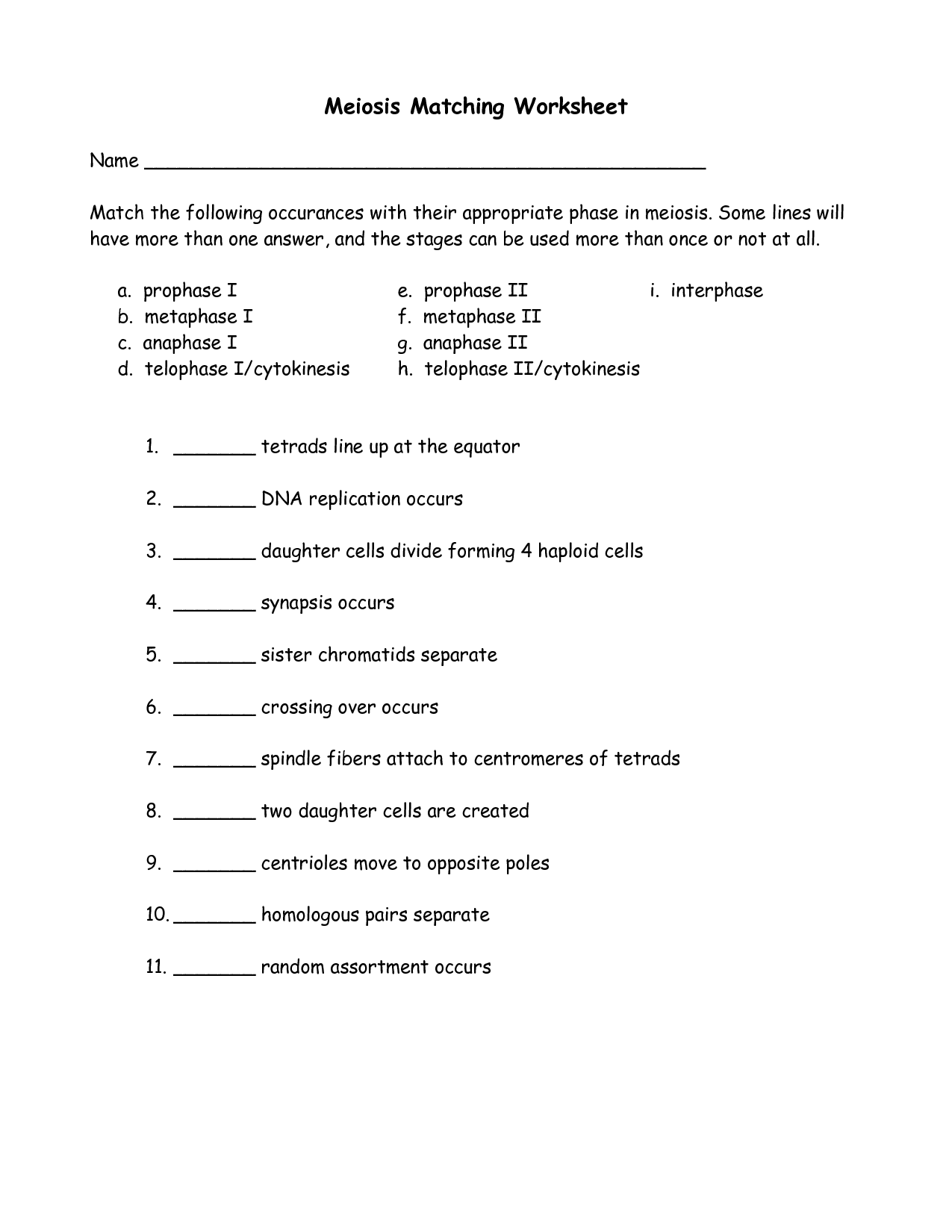



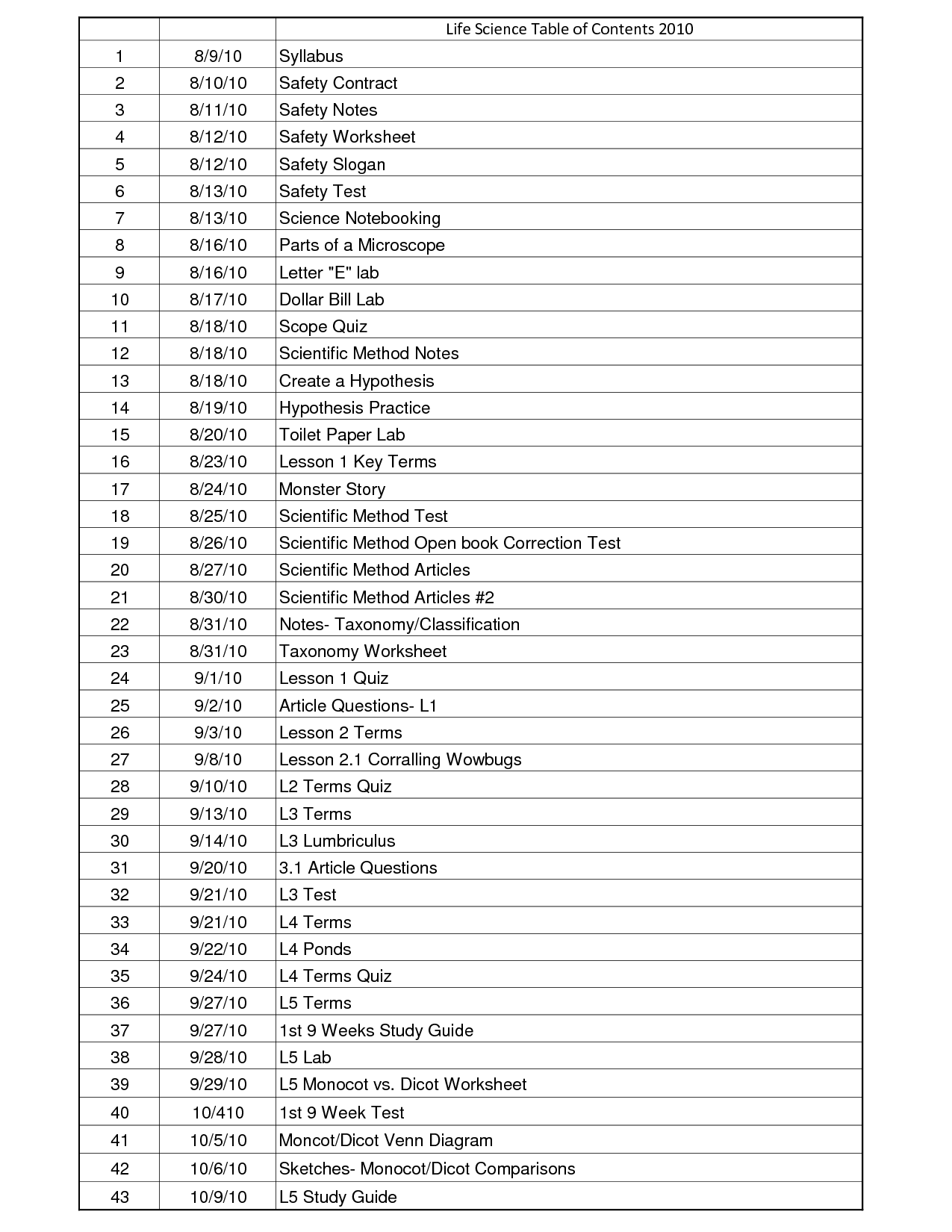
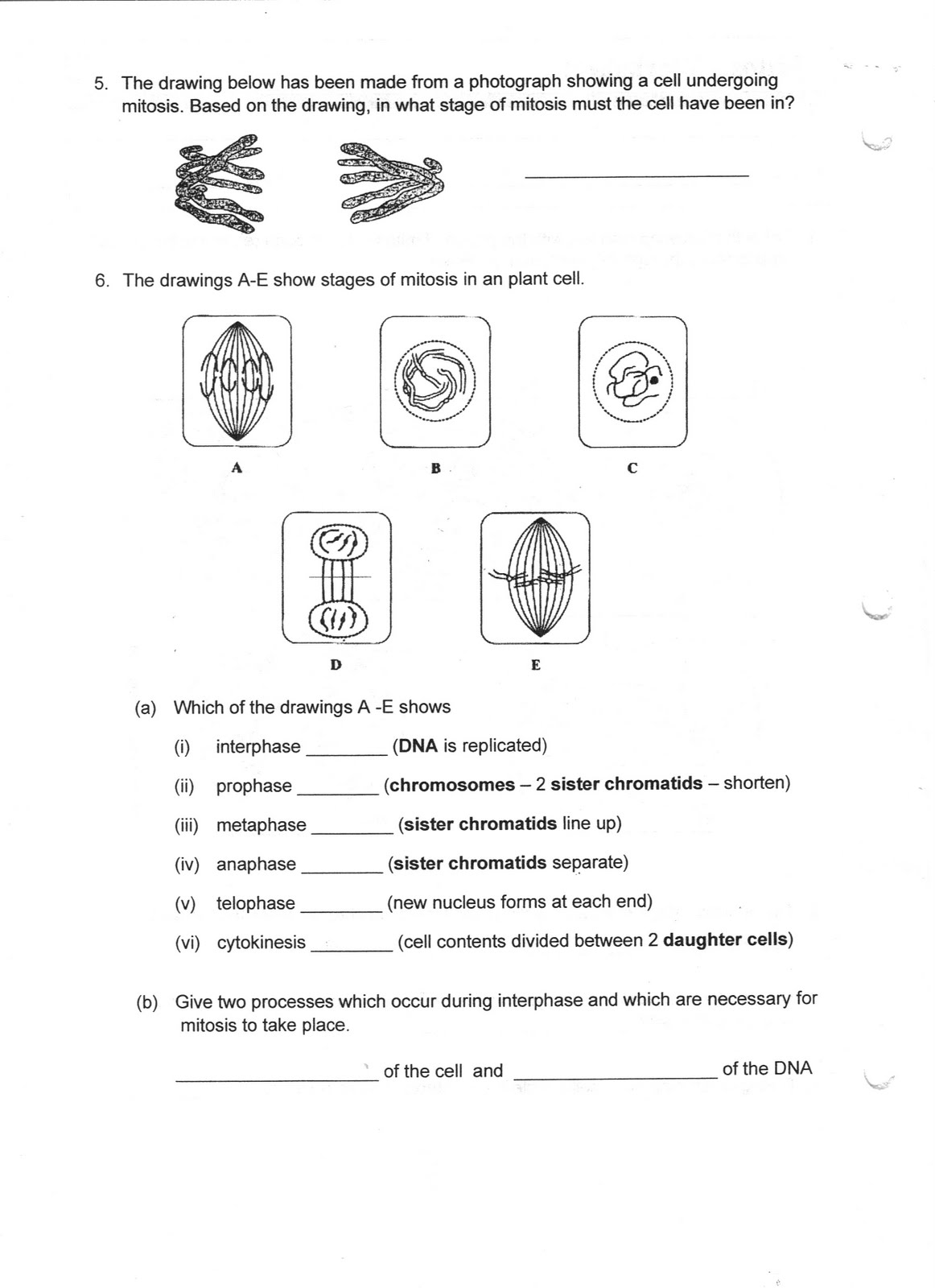
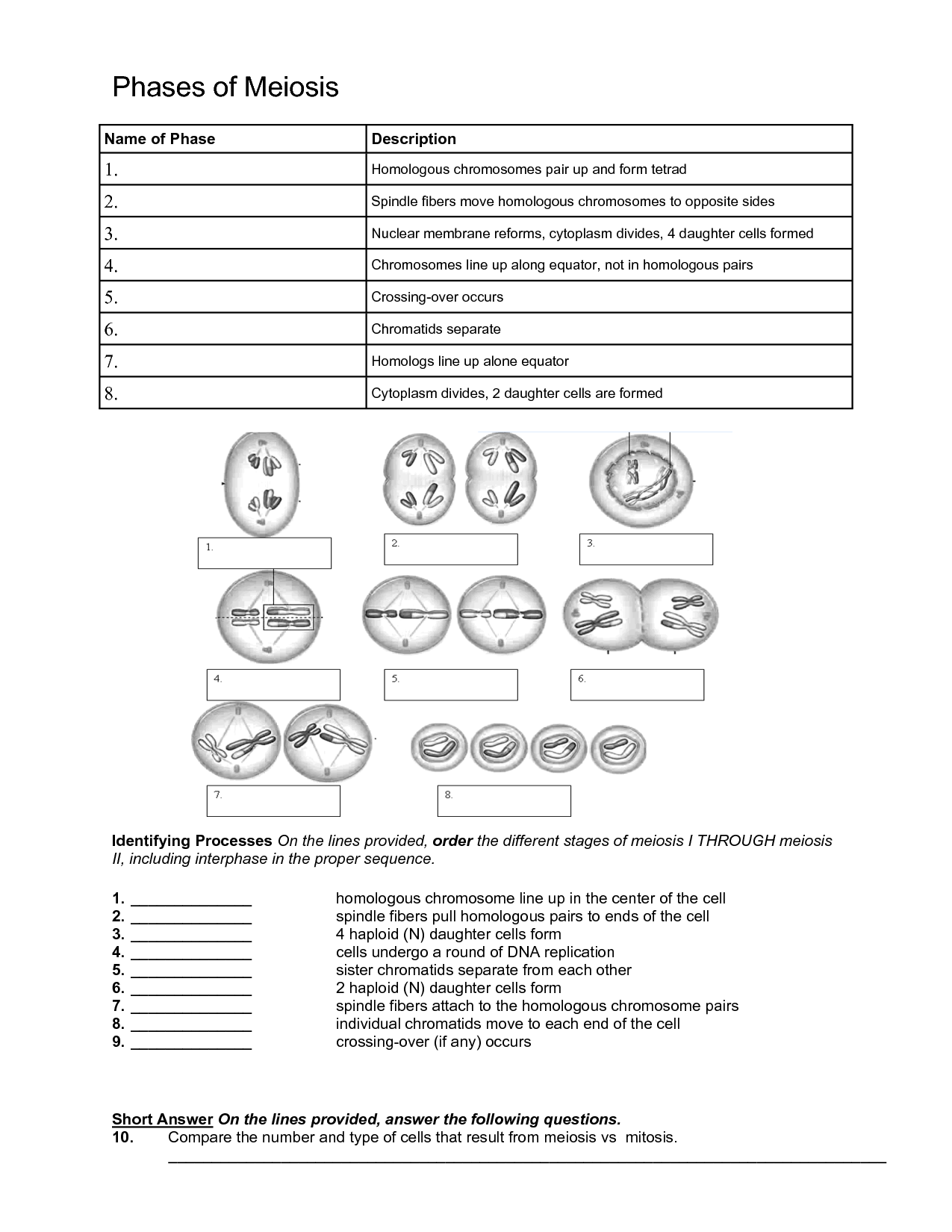
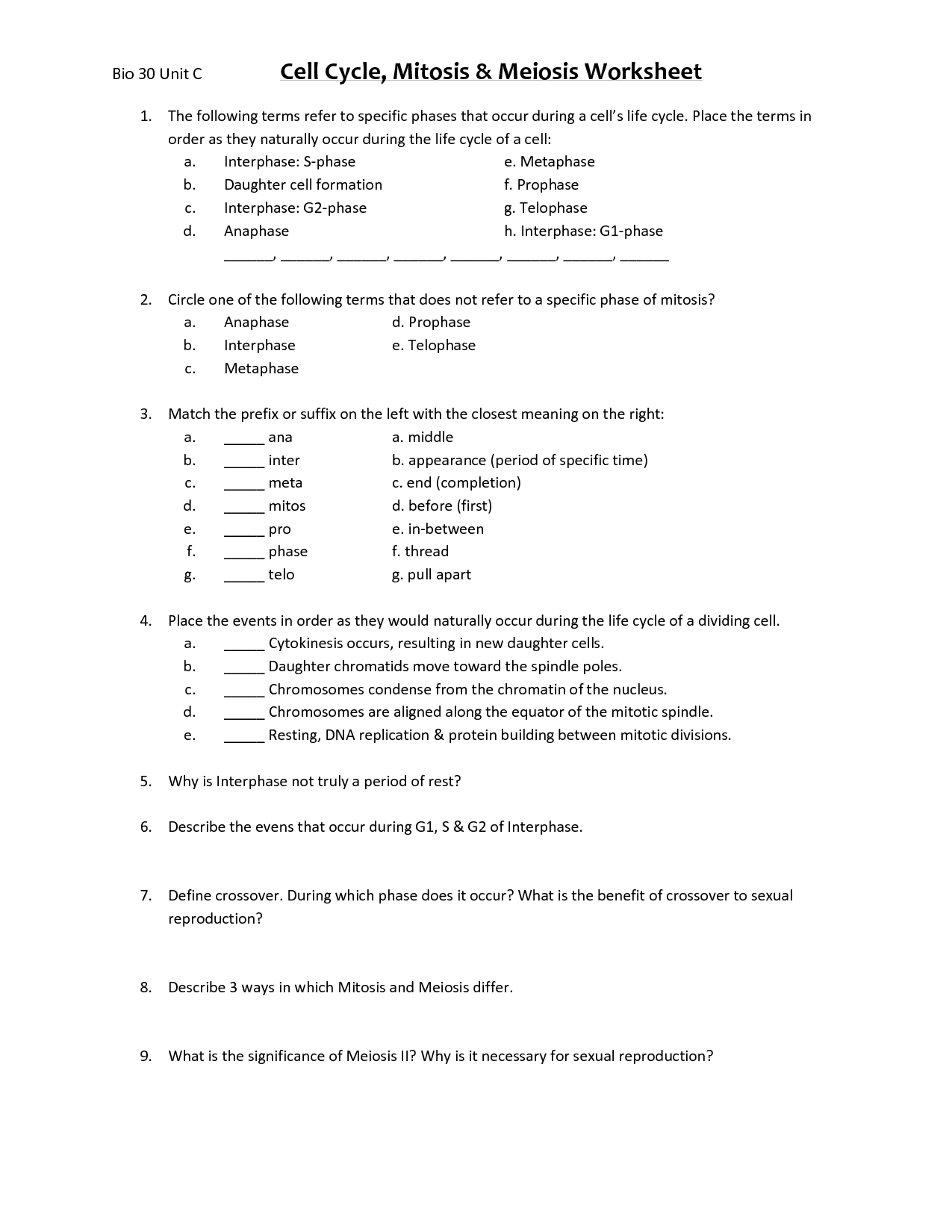
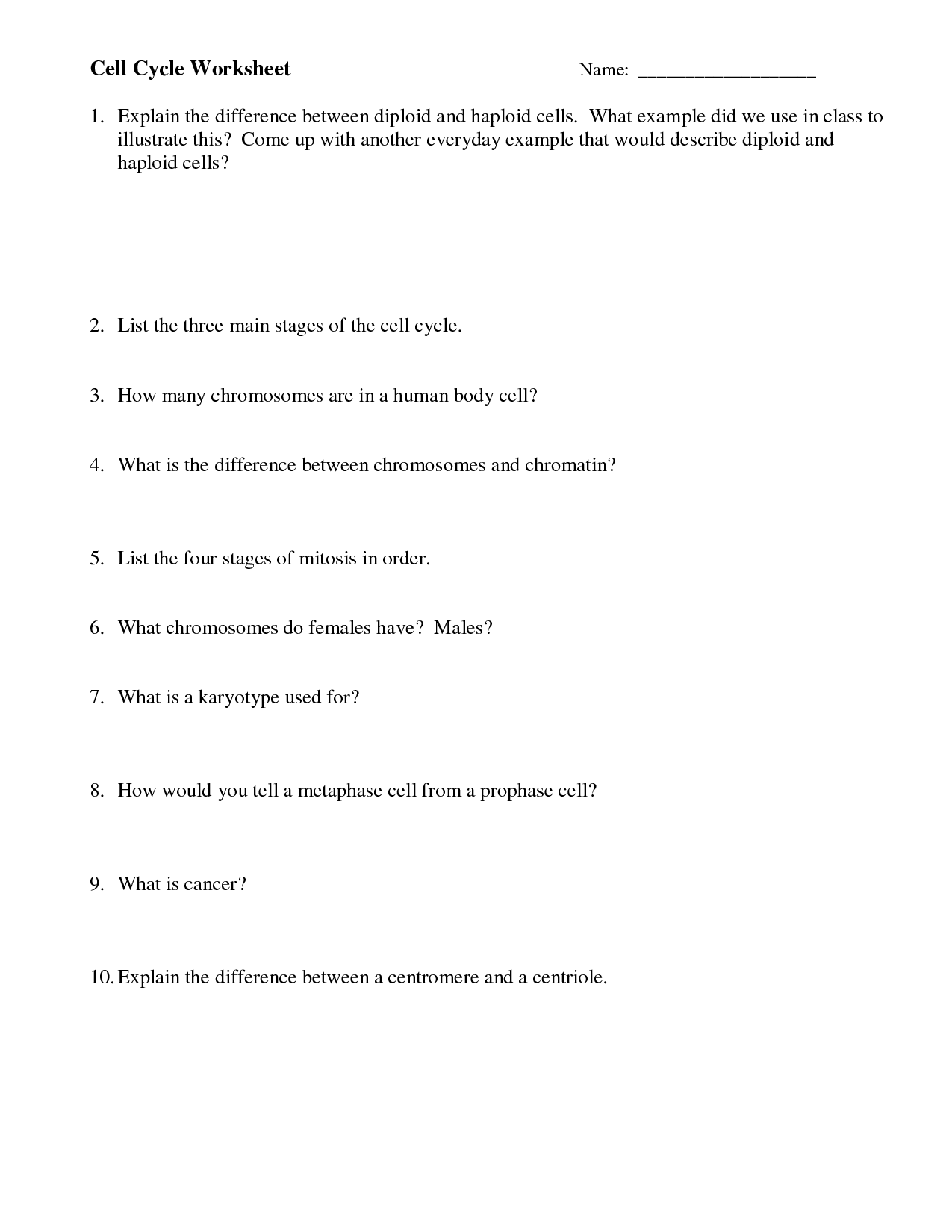
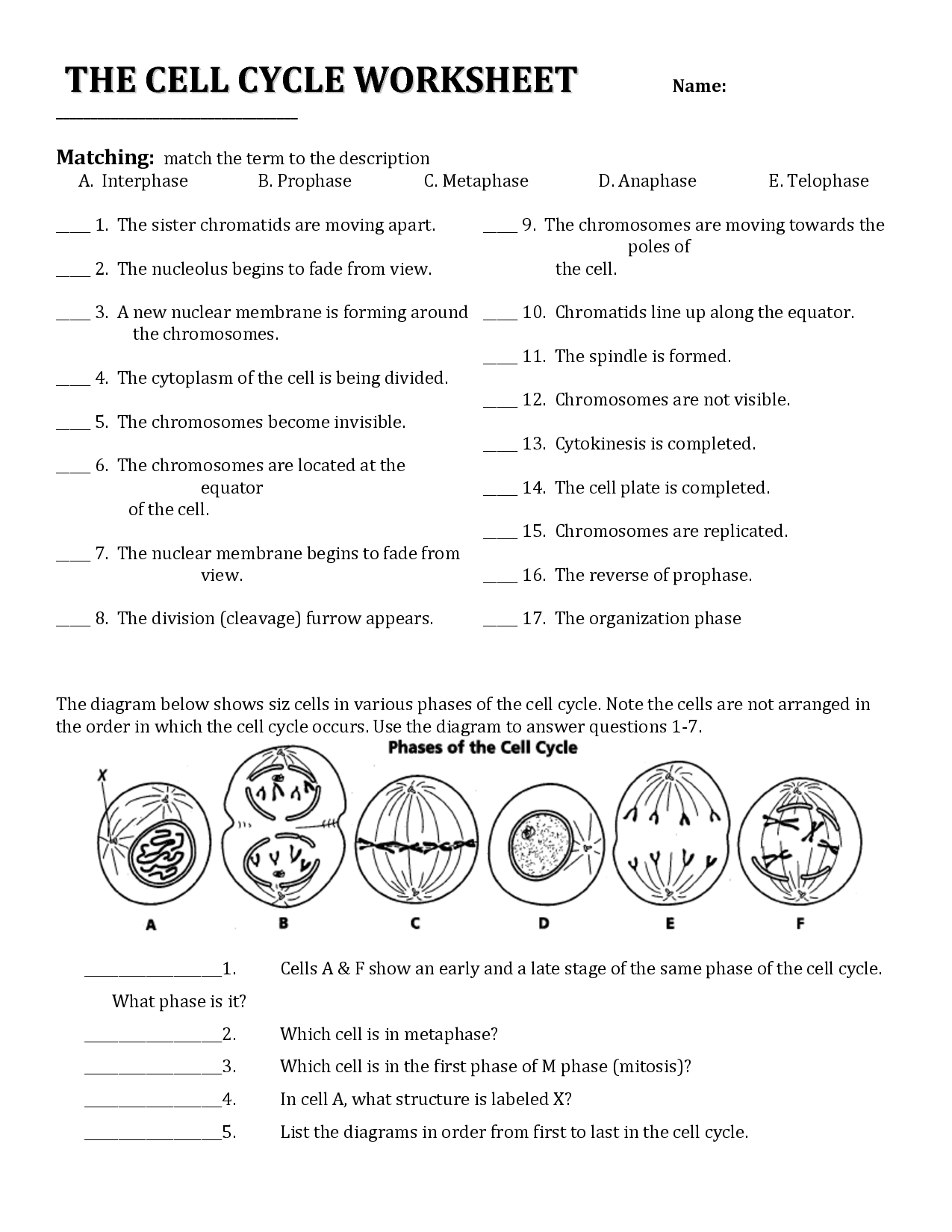
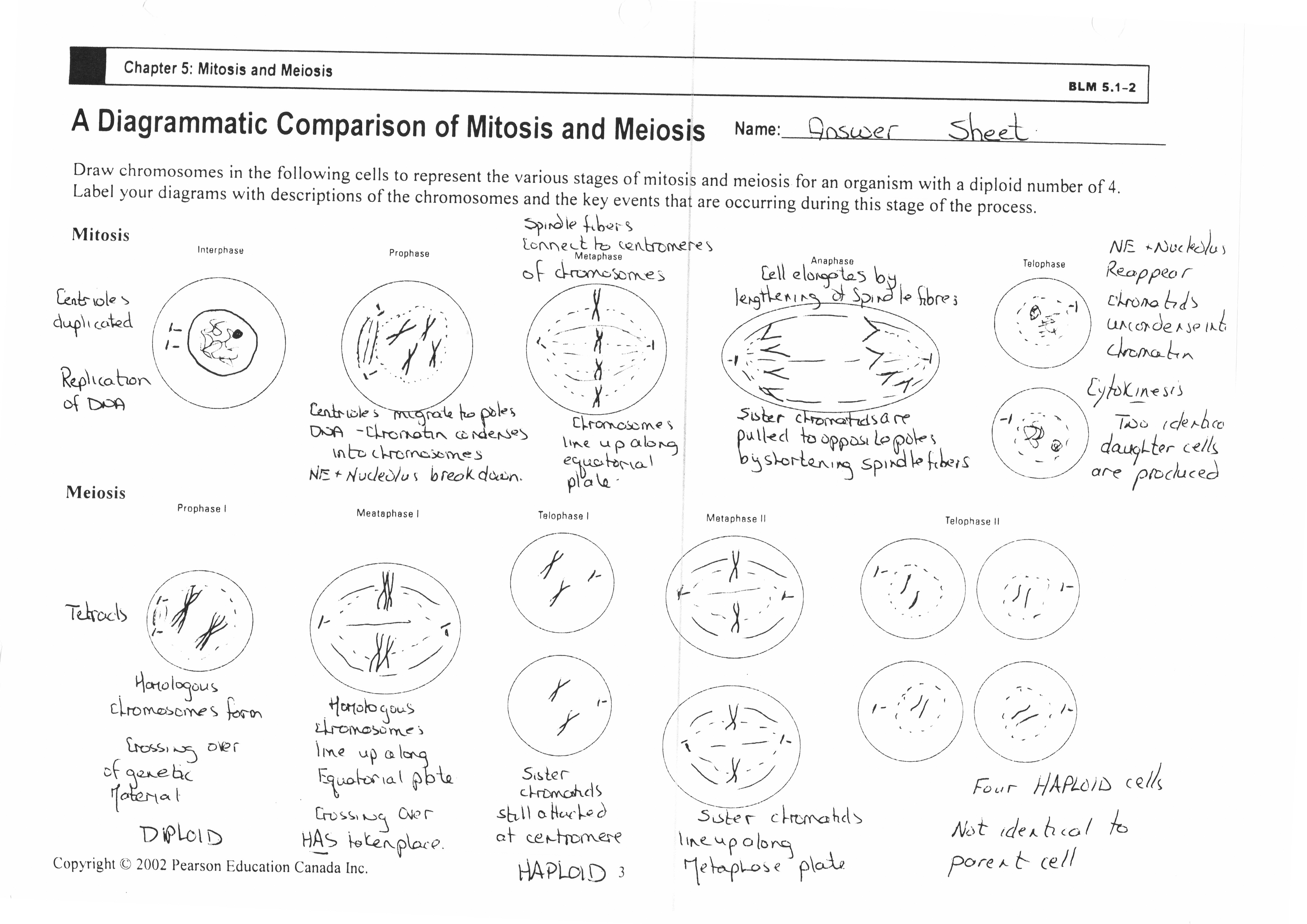
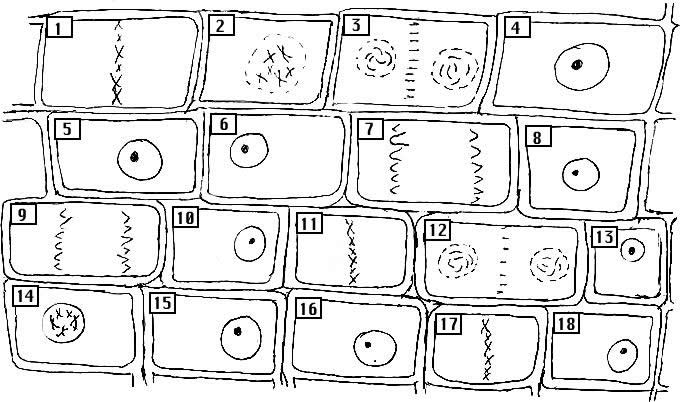
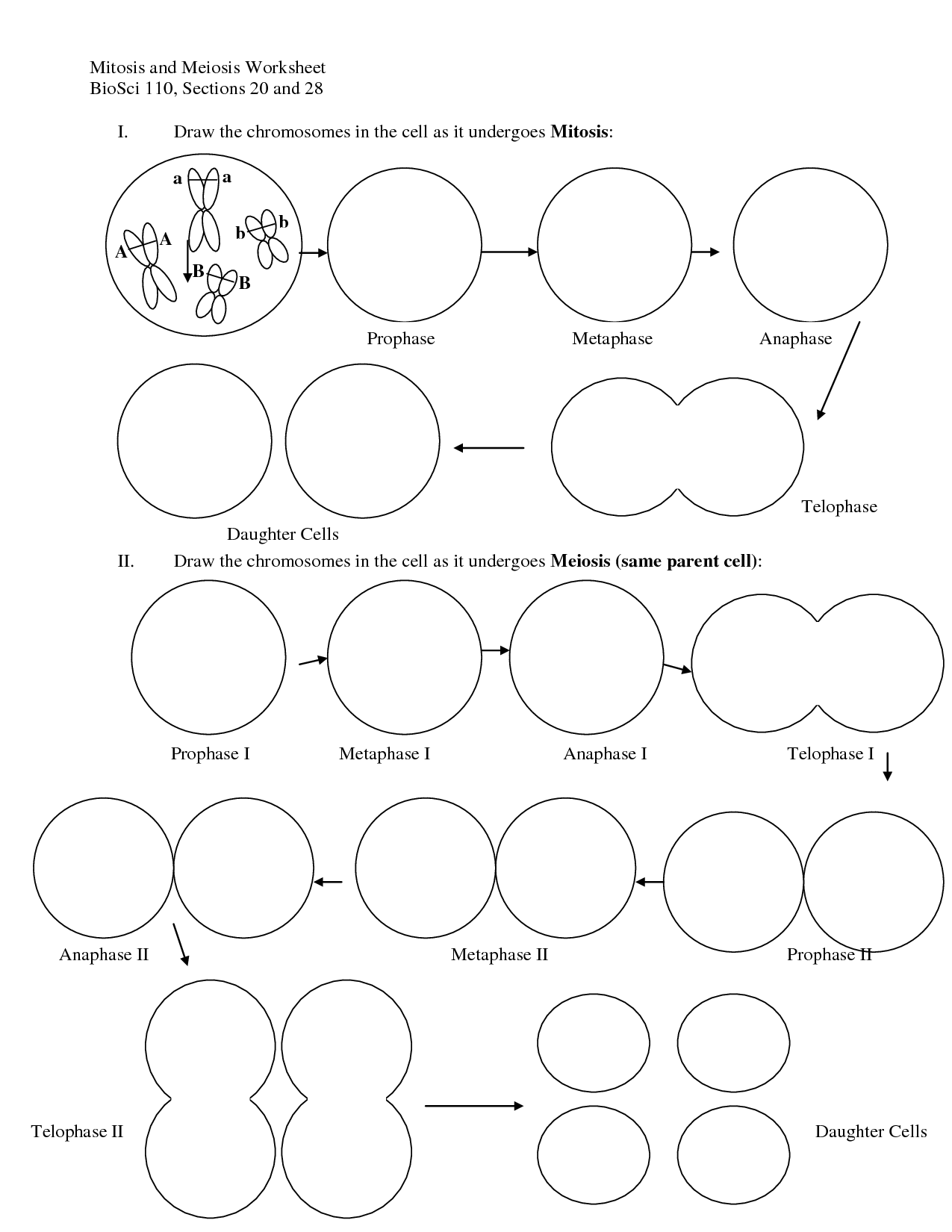
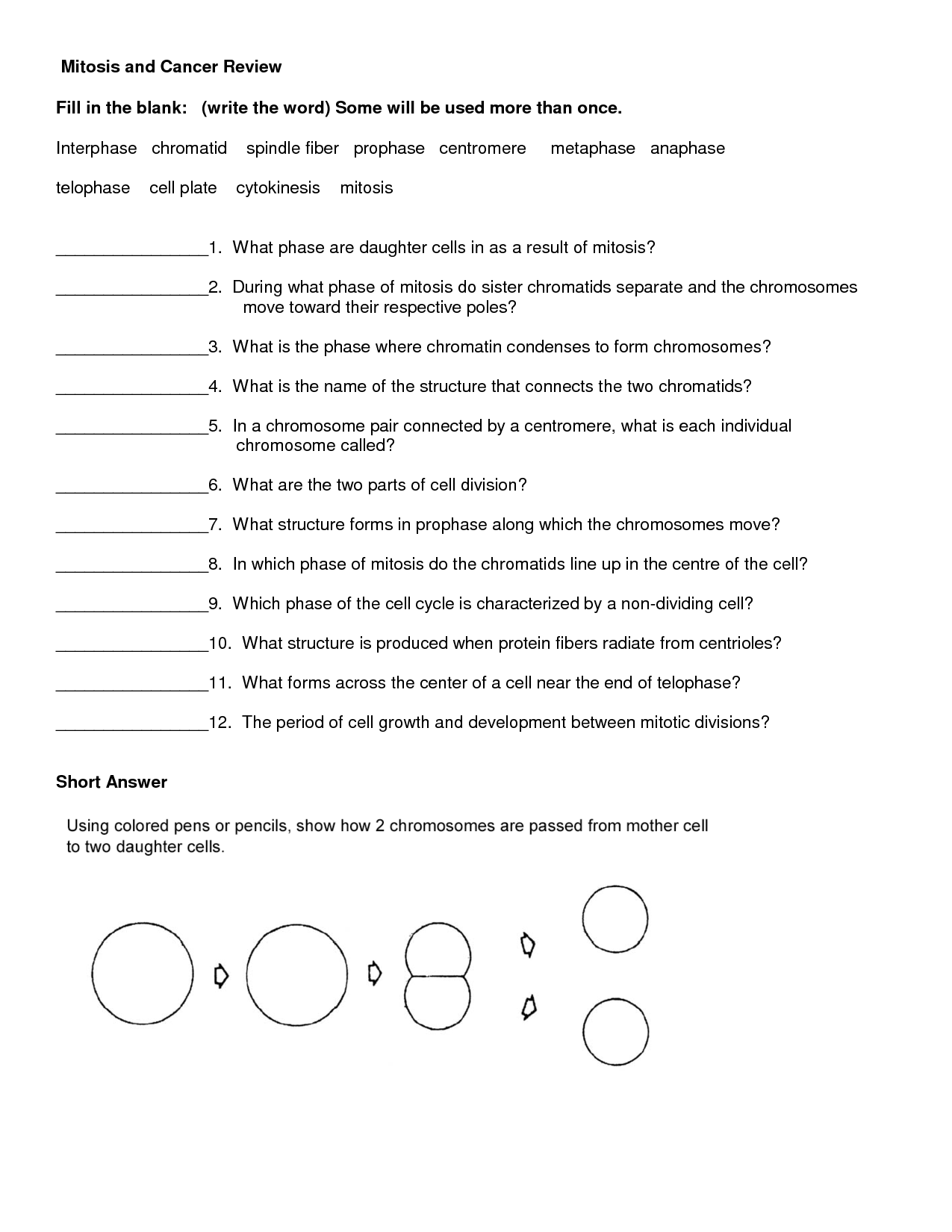
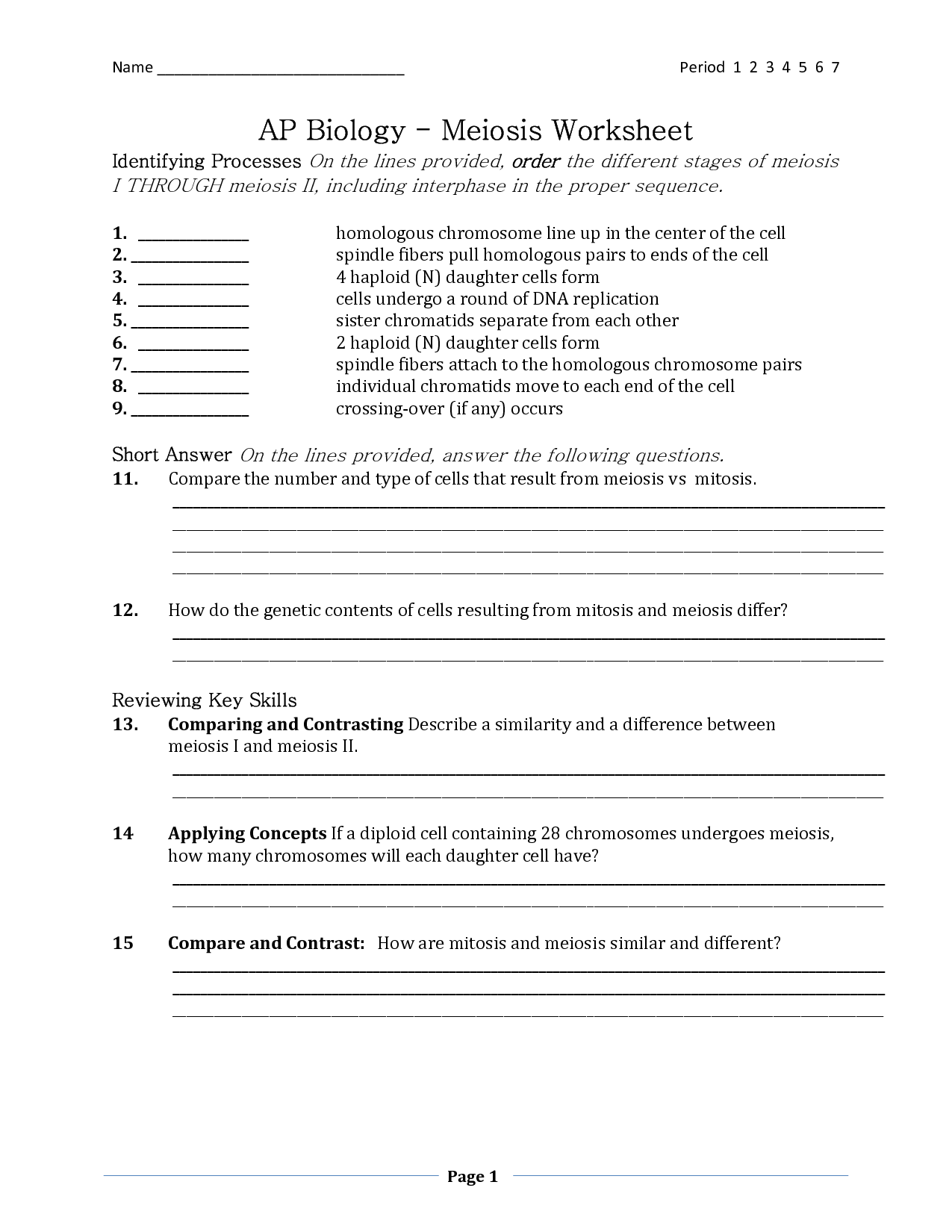
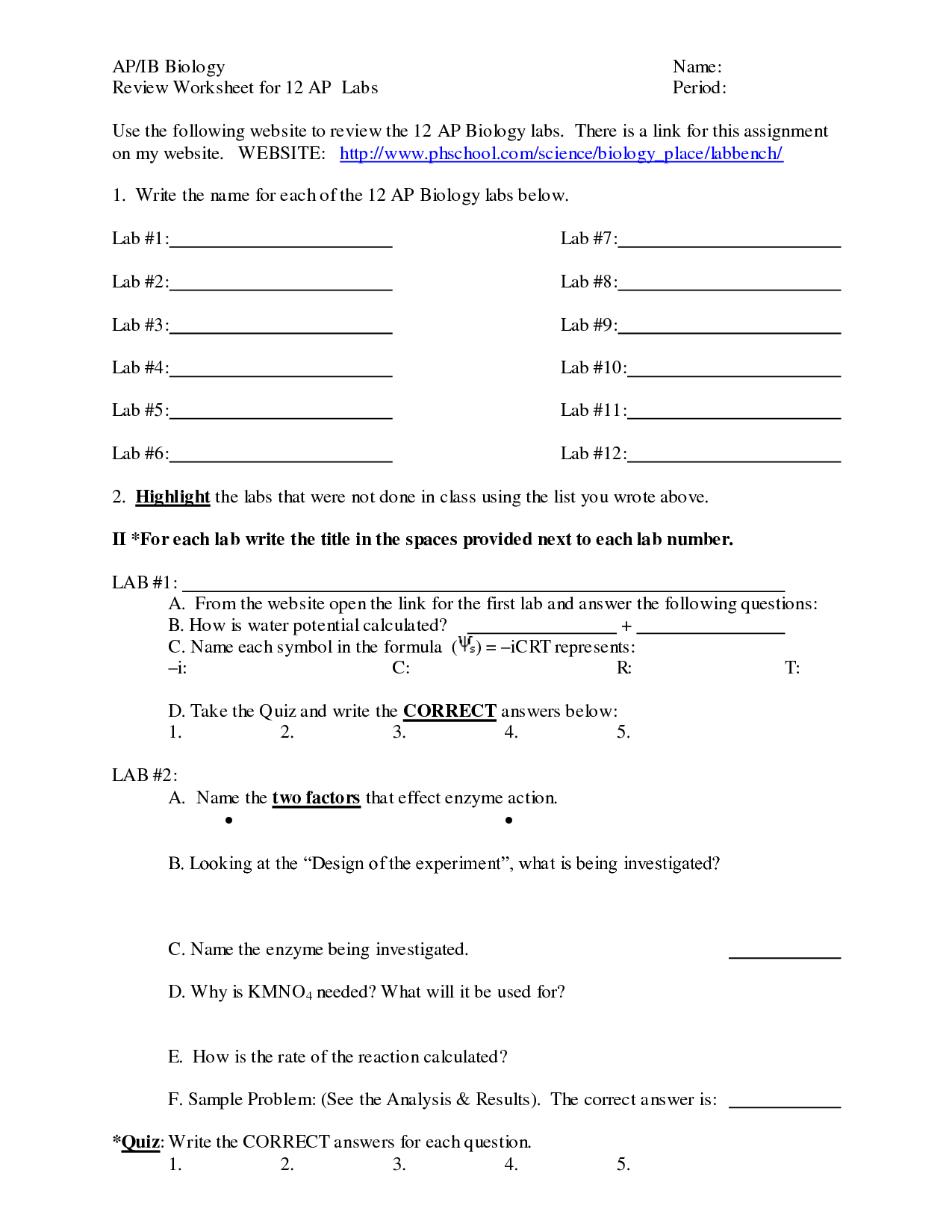
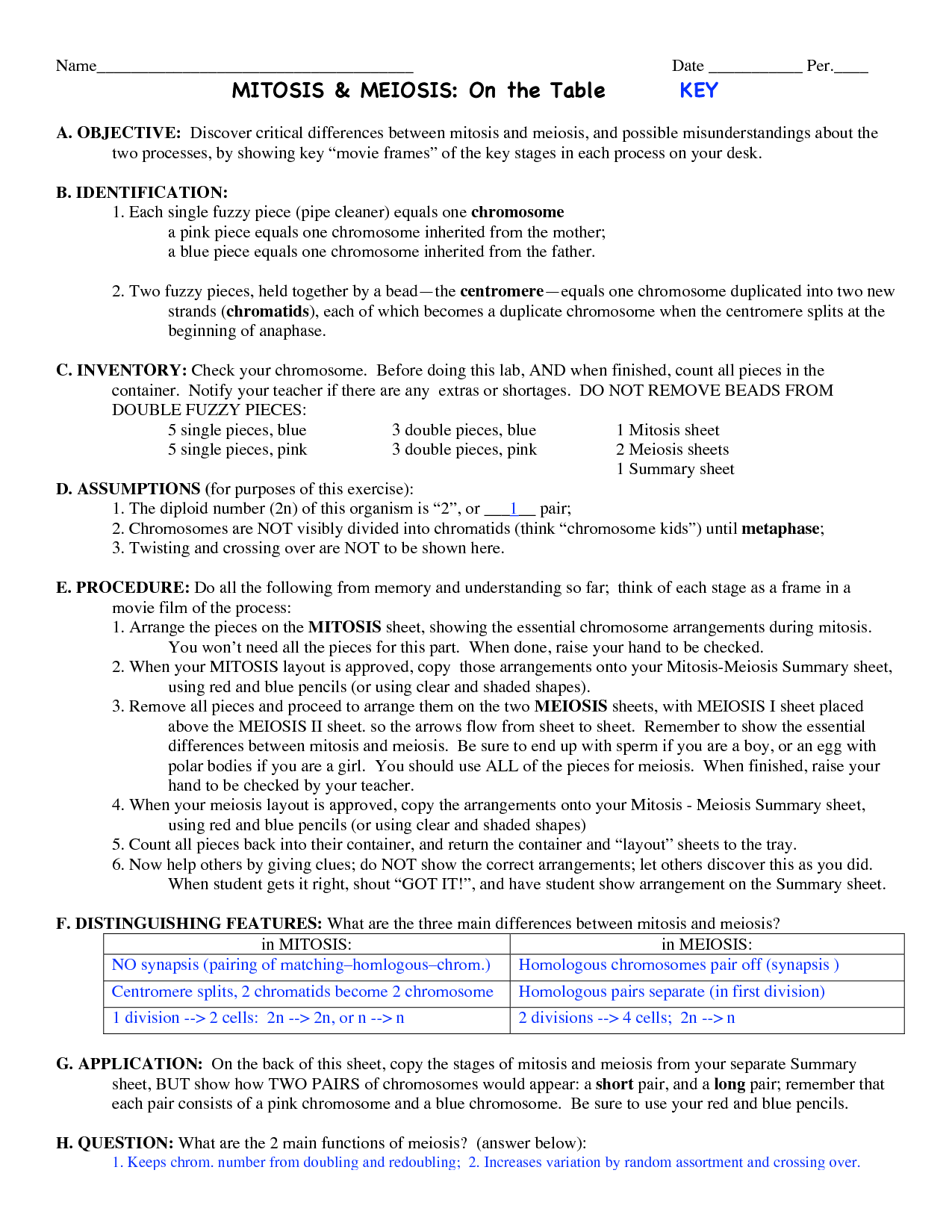
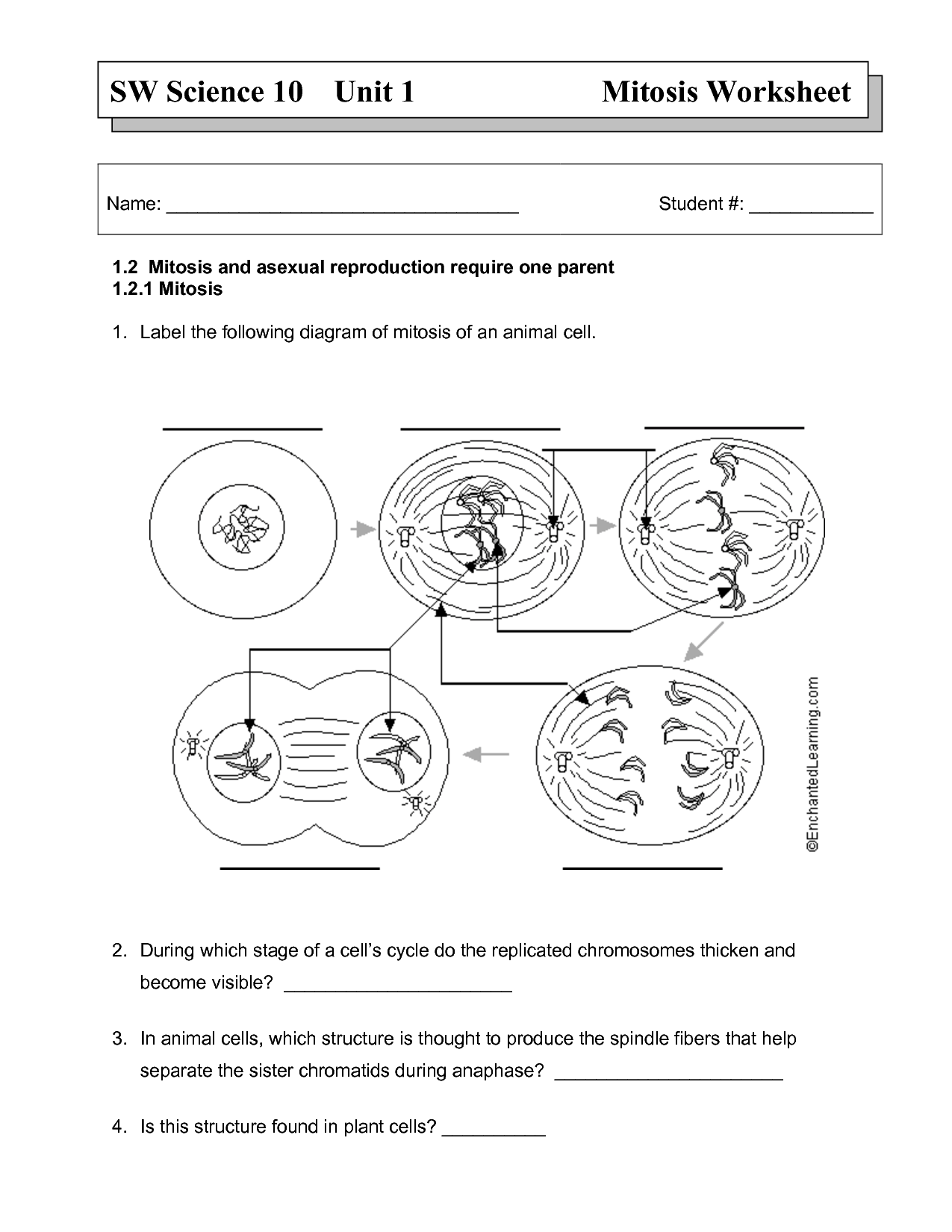














Comments